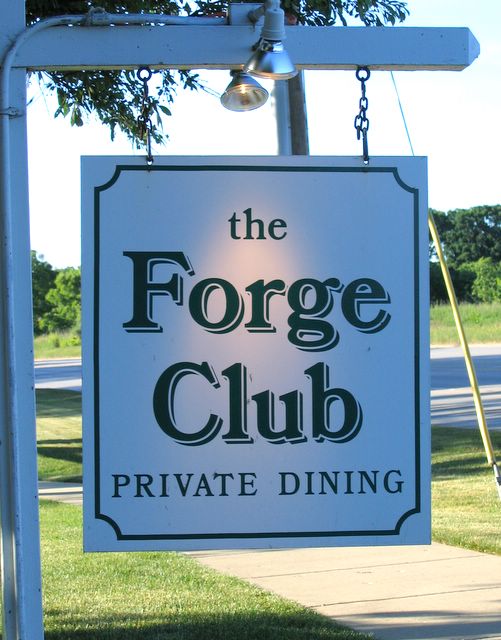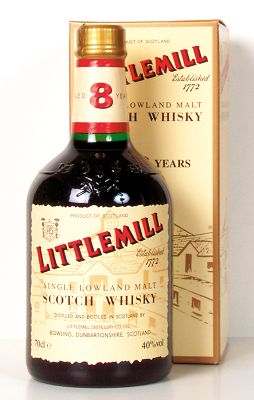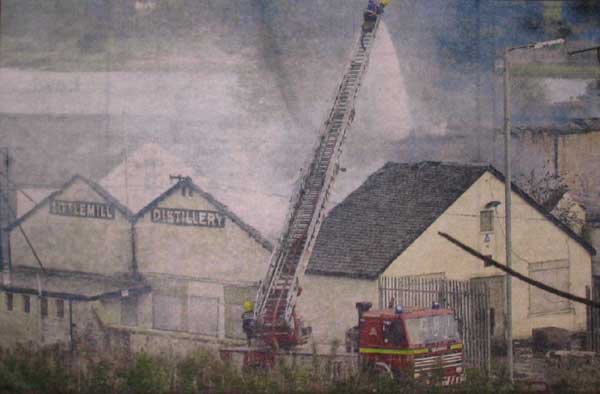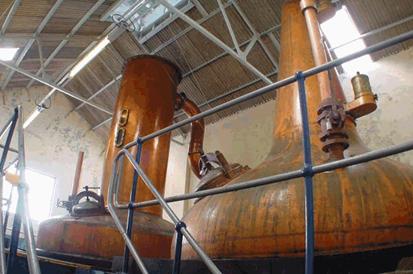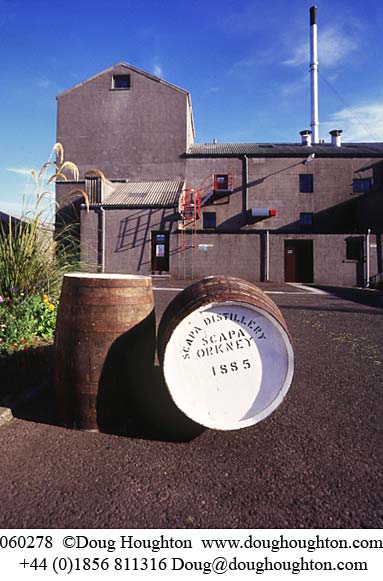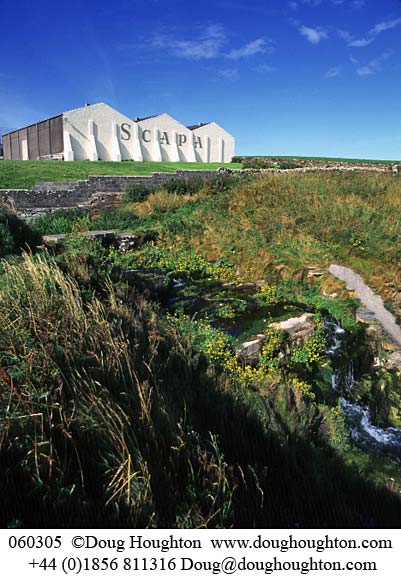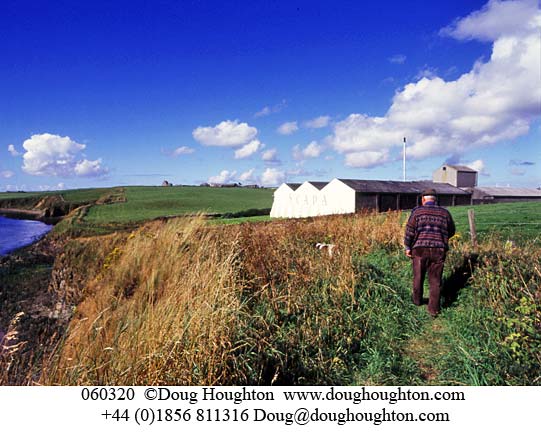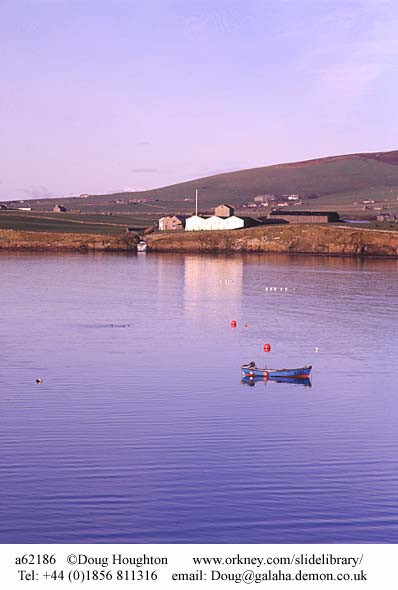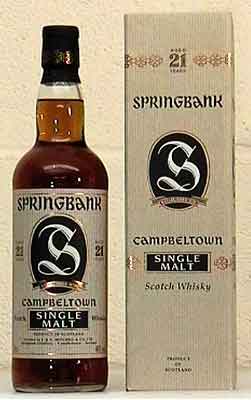Know your Clynelish and it’s sister distillery Brora!!! There really are two…or is that one…or is that two? 😀
Let’s start with Brora which is the name of a fishing and resort town where there are located two distilleries…
1) The first of these two distilleries was established in 1819 by the Marquis of Stafford (later the Duke of Sutherland by marriage). It was named Clynelish and when viewed from the outside with its hump-backed hill rising behind, is a fine example of the classic, close-knit little Victorian distillery – steeply sloping warehouse roofs, an imperious pagoda head rising high above everything but the chimney-stack and a fort-like cluster of stone buildings round a courtyard. This distillery ceased production in 1983.
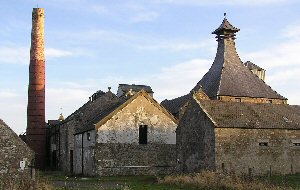
2) The second of these distilleries went into production in 1967. The original distillery ceded it’s name, Clynelish, to this distiller. It is attractive in the modern way, but anonymous. Land from Clynelish Farm was acquired and water supplies were augmented from the Clynemilton Burn. The new Clynelish is three times the size of the original and has three pairs of stills. It very much continues the tradition of the original Clynelish.
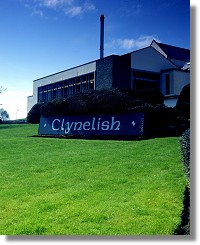
3) Between 1967 and 1983 (or so) both of these distilleries, in the town of Brora, were in production. The original, classic/Victorian-styled, distillery was re-named Brora, after the town, and used an especially highly peated malt.
4) Clynelish, the somewhat anonymous and modern distillery, is still in production today and uses a medium peated malt. Both, Brora and Clynelish, in fact, are a classic case of a coastal malt having a slightly “island” character.
When you see Brora think:
Originally called Clynelish, from 1819, with the classic pagodas and courtyards, re-named with the new Clynelish was built and closed in 1983…some independent bottlings do exist. Snatch them up if you like a heavily peated “island” type malt.
When you see Clynelish think:
Modern distillery, still in operation, with a nice medium peat with “island” characteristics from the Northern Highlands.
